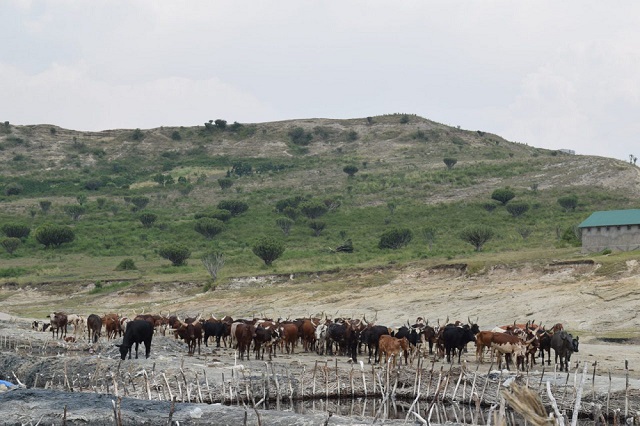
Specific interventions needed as uncertainty and variability of rainfall threatens economic progress
COMMENT | MILDRED BARUNGI & FLORENCR NAKAZI | In the past five years, Uganda has experienced climate change and variability. This has been mainly exhibited through uncertainty of rainfall patterns for the two main cropping seasons (i.e. March to May and October to December). For example, the onset of the rainy seasons can shift by 15 to 30 days (earlier or later), and the length of the rainy season can change by 20 to 40 days from year to year. There is a notable increase in the warming trends with some models projecting an increase of more than 2 °C in the minimum and maximum temperatures by 2030.
There is recent and specific evidence of climate change in some parts of the country. For example, during June to July 2017, South Western Uganda (specifically the districts of Ntungamo, Mbarara, Kiruhura, and Isingiro) experienced dry conditions. In this part of Uganda, the rains for 2017 second rainy season delayed by one month (steady rains came around Mid-September instead of Mid-August). In 2018, if no action is taken, then the historic recurrence of delayed rains and drought cannot be ruled out in this sub-region.
On the other hand, districts in Bugisu and Teso sub regions usually experiences heavy downpours, which often times result into landslides in some areas. We anticipate that some areas around Mount Elgon will receive heavy rains, which might negatively impact on people’s livelihoods unless appropriate interventions are timely implemented. In Karamoja sub-region there are high chances for near normal with a tendency to below normal rains. Thus, while most parts of the country may be relatively immune to adverse impacts of climate change and variability, south western, Bugisu, Teso and Karamoja sub-regions will bear either the burden of drought or deal with the challenge of floods and landslides.
Given that majority of the population in Uganda still derives their livelihood from rain-fed agriculture, in the event that drought and floods occur, people in the affected areas will be disproportionately affected in terms of reduced crop and livestock production and productivity, vulnerability to food and nutrition insecurity, and reduced household incomes. With reduced agricultural output, there will be insufficient supply of raw materials to agro-based industries.
Notwithstanding the anticipated detrimental impacts of climate change and variability, most farmers have not yet adapted appropriate technologies such as use of sustainable land management practices. The generally low incidences of adoption of climate change resilient technologies implies that most farmers are not adequately protected from crop and animal losses associated with climate change such as army worms that severely hit the maize sub-sector in 2017.
Therefore, a wide range of specific interventions that offer resilience to climate change and variability in the agricultural sector are required. Some are already documented in the Uganda National Climate Change Policy, together with its accompanying strategy. The key strategies and actions for addressing the impacts of climate change and variability include promoting and encouraging use of drought resilient crop varieties and animal breeds, irrigation, conservation agriculture, agricultural diversification and agriculture insurance scheme, among others. There is need for creating awareness and sensitizing stakeholders about the National climate change policy and strategy; popularising the policy and its strategy is likely to promote implementation of the identified strategic interventions.
It should be recognised that there are on-going efforts (implementation of the Agricultural Technology and Agribusiness Advisory Services (ATAAS) project, for example) by Government through the Ministry of Agriculture and with support from the development partners (particularly the World Bank) to scale up use of climate resilient technologies. Such efforts are commendable and should continue to ensure full implementation of all the identified interventions in the policy documents. Additionally, recent decision by the government to subsidise agricultural insurance is creditable. However, strict measures must be put in place to ensure that the insurance scheme is not perverted. Government should also strengthen public-private partnerships to develop and disseminate technology initiatives for climate smart agriculture. Lastly, Local governments should be supported to enact and enforce bylaws to address climate change and variability impacts; other factors remaining constant, bylaws usually increase technology adoption.
*****
Dr. Mildred Barungi is a Research Fellow and Florence Nakazi a Research Analyst at the Economic Policy Research Council (EPRC) at Makerere University in Kampala
 The Independent Uganda: You get the Truth we Pay the Price
The Independent Uganda: You get the Truth we Pay the Price




god¨¨smack1 help us helping us 58